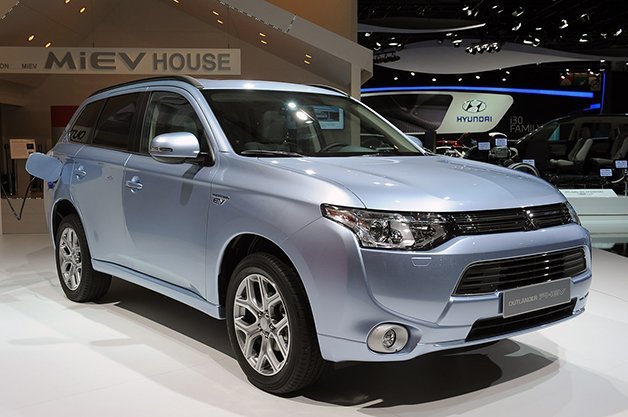Mitsubishi Outlander PHEV Faces Longer Delays, Might Not Arrive Until 2016

This time it's no different, with Automotive News reporting that a battery-related request made by California state regulators will push the Outlander PHEV arrival back to "late 2015 or early 2016."
CA authorities want all plug-in hybrids to be fitted with a monitor for the lithium-ion batteries that will be on the lookout for degradation, the concern being that diminished batteries could change the vehicle's emissions. Getting the technology fitted and tested means something like a 16- to 22-month delay.
The extra time, however, should let Mitsubishi figure out what it's going to do about its battery supply since the current level of 4,000 per month isn't enough to support a US launch; the Automotive News article says Mitsubishi expects a volume of 63,000 plug-ins for 2016. The company hasn't said how it plans to make up the balance.
We were curious to know if the new battery monitoring requirement made sense to people who have a lot of history with EVs. Tom Saxton, the chief science officer at Plug In America, told us that it does. "As an EV owner and someone interested in better understanding battery pack longevity, I think all plug-in vehicles should have clear instrumentation showing the driver the battery pack's current usable capacity either in kilowatt-hours or equivalent (preferred) or amp-hours (acceptable)," he told Autoblog. "This is different from the state-of-charge, which is the energy currently stored in the pack."
Saxton also said that he agrees with CARB's concern that a loss of capacity could impact emissions. "If a plug-in hybrid battery pack loses usable capacity, then the driver will get fewer electric miles per charge," he said. "For drives that exceed the reduced electric-range of the vehicle, more emissions will result. That same is true of a conventional (non plug-in) hybrid."
Related News


